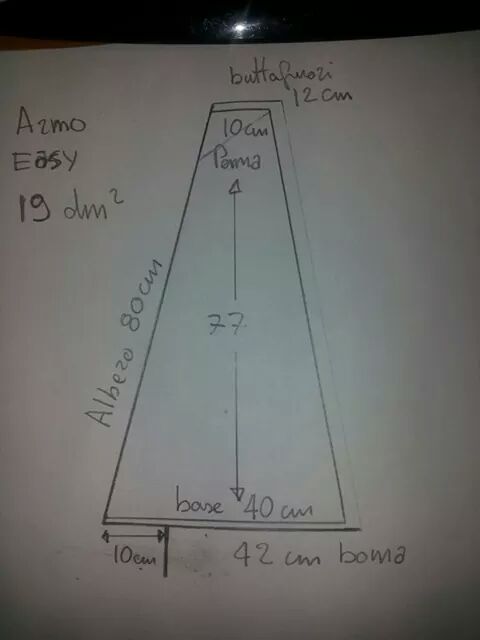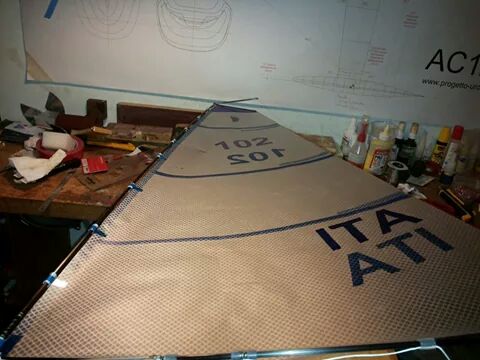The Quahog Regatta was yesterday. Winds were highly variable and gusty…coming from different directions all the time. Several times on the upwind leg we found that the wind tacked the sail over without the boat changing course at all! The water, though, was flat despite the gusty conditions.
I started with my new 490g boat with the EasyIII 13.1 rig and 70% ballast ratio…and won the first race of the day! Upwind the boat is great, but downwind it is tricky to control. The boat wants to turn left and broach when a gust pushes the bow under. I got maybe 5 races in before water leaks caused me to retire the boat. It is clearly competitive, but I’m not happy with the downwind performance.
After retiring the heavy boat, I sailed my 300g boat with my old McRig and 60% ballast ratio. I won a race with it, too. While I like the momentum the heavy boat has, the acceleration of the light boat is great. It is also superior downwind, sailing straight easily with the bow submerged. An indication of the ease of sailing this boat is that my friend, an inexperienced skipper in his second Footy regatta, won two races with his version of the same boat against very tough competition.
Two differences may account for the downwind handling. First, the McRig flexes when hit with a gust, but the EasyIII rig does not. I used smaller diameter wire for the Z-bends on my McRigs than what the Easy Rig plan specified. Second, the mast pivot of the McRig is closer to the CE of the sail…more centered…than the EasyIII. I think that may explain why the McRig boat goes straight downwind. Downwind, more of the EIII sail is on the right side of the boat, causing it to turn left.
Could this be why Claudio V prefers a conventional rig?
Moving the mast pivot farther back on the EIII would probably result in a “self tacking” rig that would not be controllable, but I will try a smaller-diameter Z-bend. I’ll also add a second mast tube to the heavy boat and see how it handles with a McRig. I also plan to develop a swing rig for it…if the water doesn’t get hard before I get to it. Our sailing season is quickly approaching its end.
It was a fun day, and now I have an interesting problem to work on. I finished fourth for the day behind 3 very good skippers who beat me most of the times we sail together…I design and build better than I sail 
Bill

